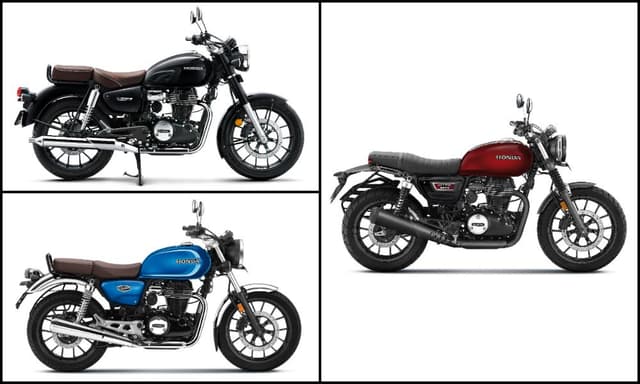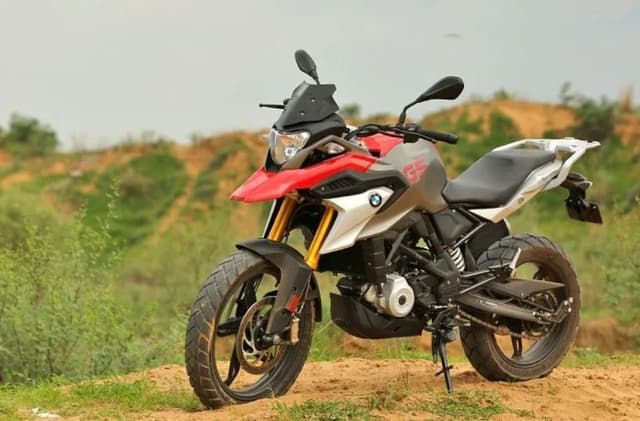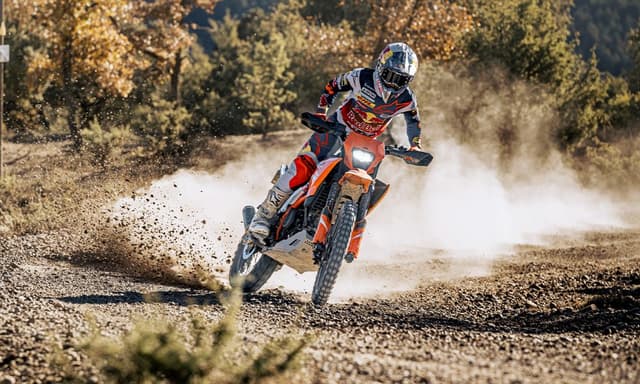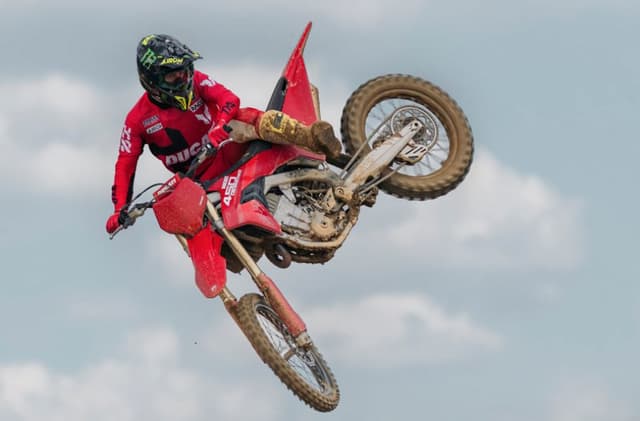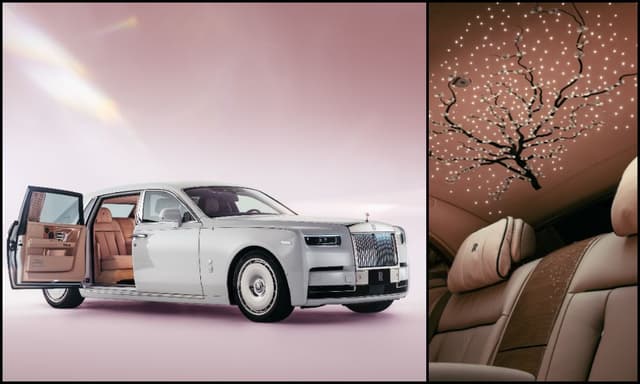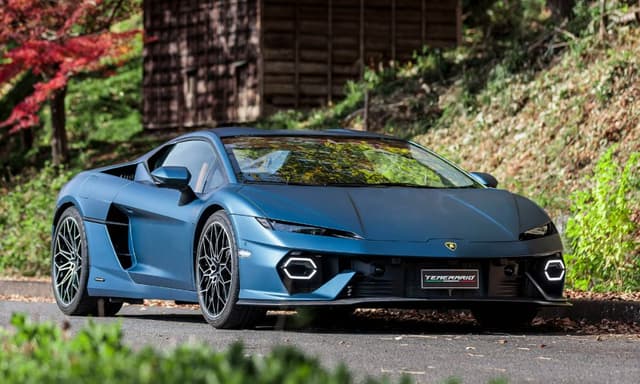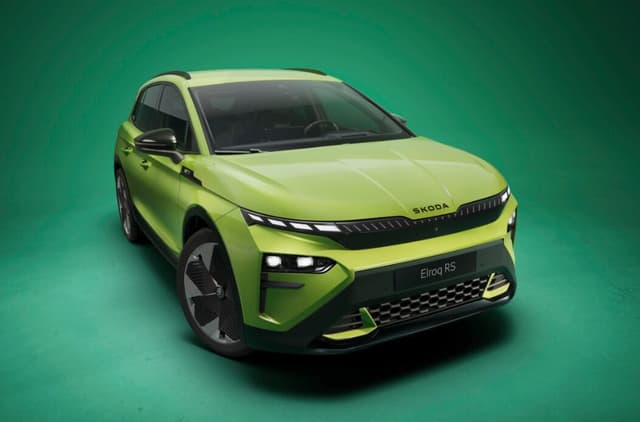Flying Electric Cars Compete In A Drag Race

Highlights
A landmark moment in the future of motorsport played out in the deserts of South Australia last week as a pre-season test concluded with the first ever timed electric flying car drag-race. The drag-race was part of a key pre-season testing session for EXA, Airspeeder's first electric flying car racing season, created by Alauda Aeronautics. This historic moment provided a first glimpse of flying car racing as a sporting entity, ahead of international competition in 2022.
Race events will see a grid of full-scale electric flying cars known as Speeders race blade-to-blade. Teams from a broad range of industries will be provided with the Speeders but given technical and tactical freedom to approach gaining competitive edge in the series as they see fit. This will ensure close motorsport based on pilot skill and race management.
Because flying car racing does not require the same physical infrastructure as legacy motorsport, this presents a sport built from the ground-up with sensitivity to the global requirement to race with minimal ecological impact.
This first drag-race represented the culmination of intense internal competition between two-sides of the Alauda Aeronautics technical team. The result was a tense and visually enthralling encounter with the internal teams forced to adapt strategy in line with wind and dust conditions in the selected desert location. As races play out in varying conditions including over ice, over sea, deserts and even forest locations, mastery of external factors add a compelling tactical layer to the sport.

The Mk3 Speeders flew at over 100 kmph and heights of 10m above the ground.
With the successful completion of this historic first drag-race, Alauda is poised to announce the world's first electric flying car Grand Prix calendar under the banner of the EXA Series. These remotely piloted races will serve as a vital feeder series for the forthcoming crewed Airspeeder Grand Prixs. In addition to developing the technology that underpins the sport, it will be a breeding ground for the elite pilots that will pioneer the dawn of the electric flying car racing era.
For the first time, remote pilots were able to show the dynamic potential of the world's first electric flying racing cars. The remote pilots were given free reign to plot their own flight-path to victory. The drag-race format was chosen as a pure demonstration of the performance and safety technologies that underpin the sport. In particular, the 'Virtual Forcefield' suite of LiDAR and RADAR powered safety systems that delivers close but ultimately safe racing. This will be heavily relied upon for full-grid circuit racing.
The Mk3 Speeders flew at over 100 kmph and heights of 10m above the ground. The garage was split into two teams with the red Speeder (team Bravo) crossing the line 3.2s quicker than its black liveried rival (team Alpha). The drag race took place over a distance of 400 metres, as per the traditional quarter mile drag racing protocol. As the race-craft move through their rapid development curves they will race at up to 300 kmph in full race specification.
These are key tests for the forthcoming EXA remotely piloted GP Season, the development series for the crewed Airspeeder Racing series that is set to take place in soon-to-be-unveiled locations in 2022 and beyond.
Latest News
- Home
- News
- Electric Mobility
- Flying Electric Cars Compete In A Drag Race

